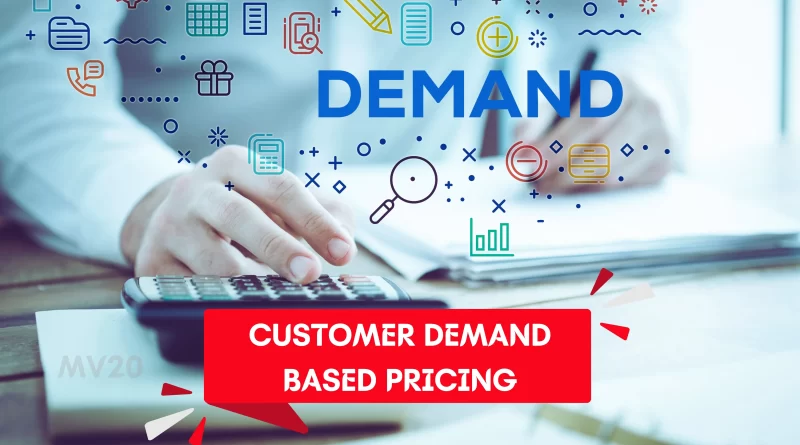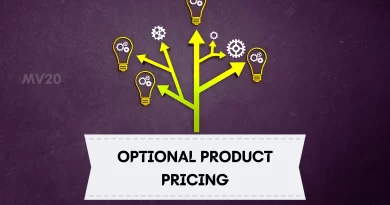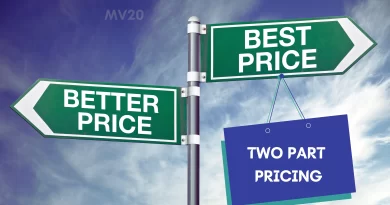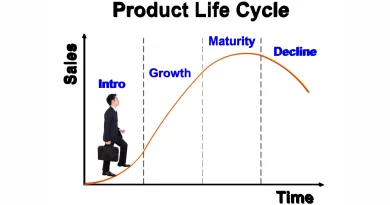Customer Demand Based Pricing [Airline, Hotel Industry Examples]
Are you tired of pricing your products or services based on guesses or industry standards? Well, then we have something new because demand based pricing is here!
So allow me to walk you through the ins and outs of this pricing model, including its benefits, drawbacks, and how to implement it in your business. So let’s get started!
What Is customer Demand Based Pricing?
Customer Demand based pricing, also known as dynamic pricing, is a pricing strategy that adjusts the price of a product or service based on the level of customer demand.
This means that prices may fluctuate depending on factors such as time of day, day of the week, and even weather conditions. The goal of demand-based pricing is to maximize profits by charging more when demand is high and less when demand is low.
Benefits Of customer Demand Based Pricing
There are several benefits to using demand based pricing in your business. One of the biggest advantages is that it allows you to increase profits by charging more for your products or services when demand is high.
This can be especially beneficial during peak seasons or events when customers are willing to pay more for your offerings.
Another benefit is that demand-based pricing can help you to better manage inventory. By adjusting prices based on demand, you can ensure that you’re not overstocking items that aren’t selling well and that you’re able to capitalize on high-demand products.
And not to mention, demand based pricing can also help to improve customer satisfaction. By offering lower prices during times of low demand, you can attract price-sensitive customers who may not have been able to afford your products or services at higher prices.
Drawbacks Of customer Demand Based Pricing
While demand based pricing can offer many benefits, there are also some drawbacks to consider. One of the biggest disadvantages is that it can be difficult to predict customer demand, which can lead to pricing errors and lost profits.
Another drawback is that demand based pricing can be perceived as unfair by customers. For example, if a customer sees that the price of a product or service has increased since their last purchase, they may feel like they’ve been taken advantage of.
Besides, demand based pricing can also be difficult to implement and maintain. It requires a significant amount of data collection and analysis, as well as constant monitoring and adjustments to prices.
Implementing customer Demand Based Pricing
If you’re interested in implementing demand-based pricing in your business, there are a few key steps you’ll need to take.
Gather data
The first step is to gather data on customer demand. This can be done through surveys, market research, and sales data analysis.
Analyze data
Once you have collected your data, it’s time to analyze it. Look for patterns and trends in customer demand, such as peak seasons or high-demand days of the week.
Set prices
Using the data you’ve gathered, set prices for your products or services that reflect the level of demand. Be sure to test different pricing strategies to see which one works best for your business.
Monitor and adjust
Demand based pricing is not a set it and forget it strategy, it’s important to continue monitoring customer demand and adjusting prices as needed.
Customer Demand Based Pricing With Example!
A great example of customer demand based pricing in action is in the airline industry. Airlines use dynamic pricing to adjust the cost of a ticket based on a variety of factors such as the time of booking, the number of seats remaining on a flight, and even the weather forecast.
For instance, during the holiday season, when demand for flights is high, airlines will often raise their prices. On the other hand, if a flight is not selling well or there are still many seats available, the airline may lower the prices to fill the seats.
Another example is in the hotel industry, hotels use dynamic pricing to adjust room rates based on demand and availability. If a hotel is expecting a busy weekend, they may raise their prices, but if they have a lot of unsold rooms, they may lower the prices to attract more customers.
In the e-commerce industry, companies like Amazon, Uber and Netflix use demand-based pricing to adjust prices for their products and services. For example, Uber uses dynamic pricing to adjust the cost of a ride based on the number of drivers in the area and the level of demand for rides.
These examples clearly show how demand-based pricing can be used in various industries to maximize profits and better manage inventory by adjusting prices based on customer demand.
Wrap Up!
So we can say that demand based pricing can be a powerful tool for increasing profits and managing inventory, but it’s not without its challenges.
And as a marketer, you should not feel afraid to experiment with different pricing strategies to see what works best for your business and your customers of course!
Let me know in the comments if you need further clarification with customer demand based pricing!
Also, read the below:




